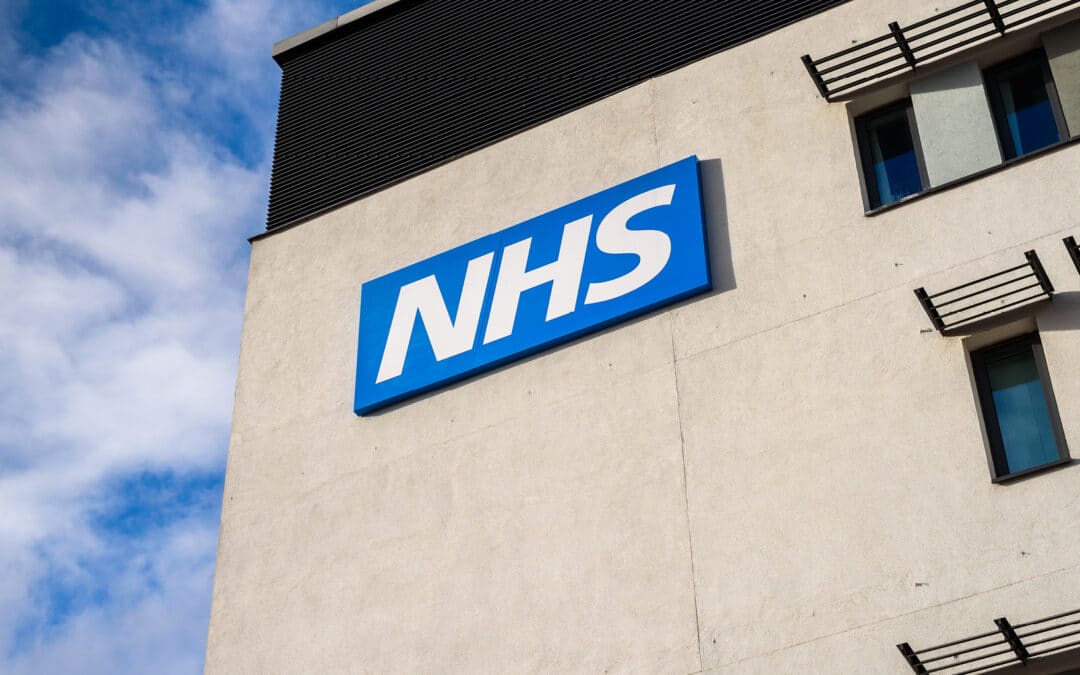Ensuring the quality of health data is integral to providing top-notch support to patients. A key factor in achieving this is the proper management of a company’s hardware assets, which directly impacts the overall health of equipment. Shockingly, the NHS faces an annual loss of approximately £13 million due to stolen and lost equipment. We take a look into the importance of a successful asset tracking plan and best practices for healthcare organisations to streamline asset management, reduce costs, and enhance the delivery of care.
Comprehensive Asset Inventory
The foundation of a successful asset tracking plan begins with a thorough inventory of a facility’s assets. Conducting an audit of the company’s current resources involves categorising assets by type and documenting crucial information such as asset value, years in service, manufacturer details, parts vendors, and any other pertinent data. Additionally, maintaining a record of previous maintenance activities streamlines future asset management processes.
Choose the Right Asset Labels
Selecting appropriate asset labels is crucial, especially in the healthcare sector where assets undergo regular sanitisation procedures and may be exposed to environmental hazards. It is imperative to choose asset tags that can withstand these conditions. Consider using the Ultimate and/or UltraTuff tags for high-value equipment that will hold up to the harsh environments that many medical equipment are used in.
Implement an Efficient Inventory Management System
The inability to locate critical assets promptly can lead to unnecessary expenses through the purchase of duplicate assets. By implementing a robust inventory management system, organisations can reduce or eliminate this expense. This system ensures real-time tracking, minimising the risk of overinvestment in duplicate assets.
Asset Management Solutions
A centralised database accessible to the technology staff is essential for effective asset management. The IT team should be equipped to effortlessly manage inspection, maintenance, and testing procedures. This centralised approach ensures seamless compliance with regulatory requirements for healthcare organisations.
Leverage Asset Tracking and Management Software
Combining asset tracking with advanced management software allows healthcare organisations to monitor asset conditions, manage maintenance schedules, and track lifetime costs associated with unique assets. By replacing assets after they’ve fully depreciated, organisations enhance safety by proactively taking older assets out of service before permanent breakdowns occur.
Healthcare organisations stand to gain numerous benefits from implementing effective asset tracking practices. Following best practices in tracking healthcare assets not only ensures streamlined asset management but also leads to cost reduction and, ultimately, an improvement in the delivery of care.


Recent Comments